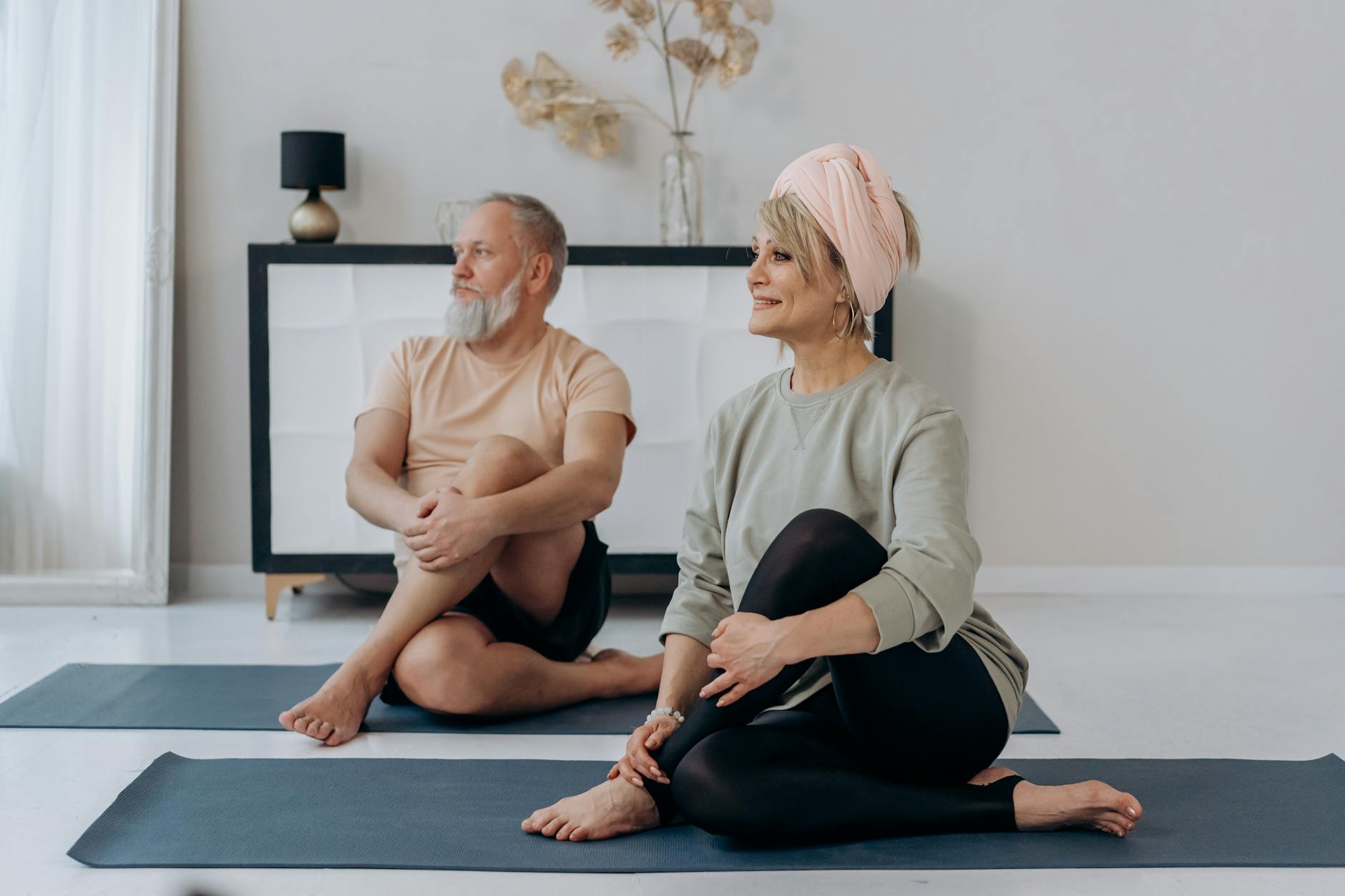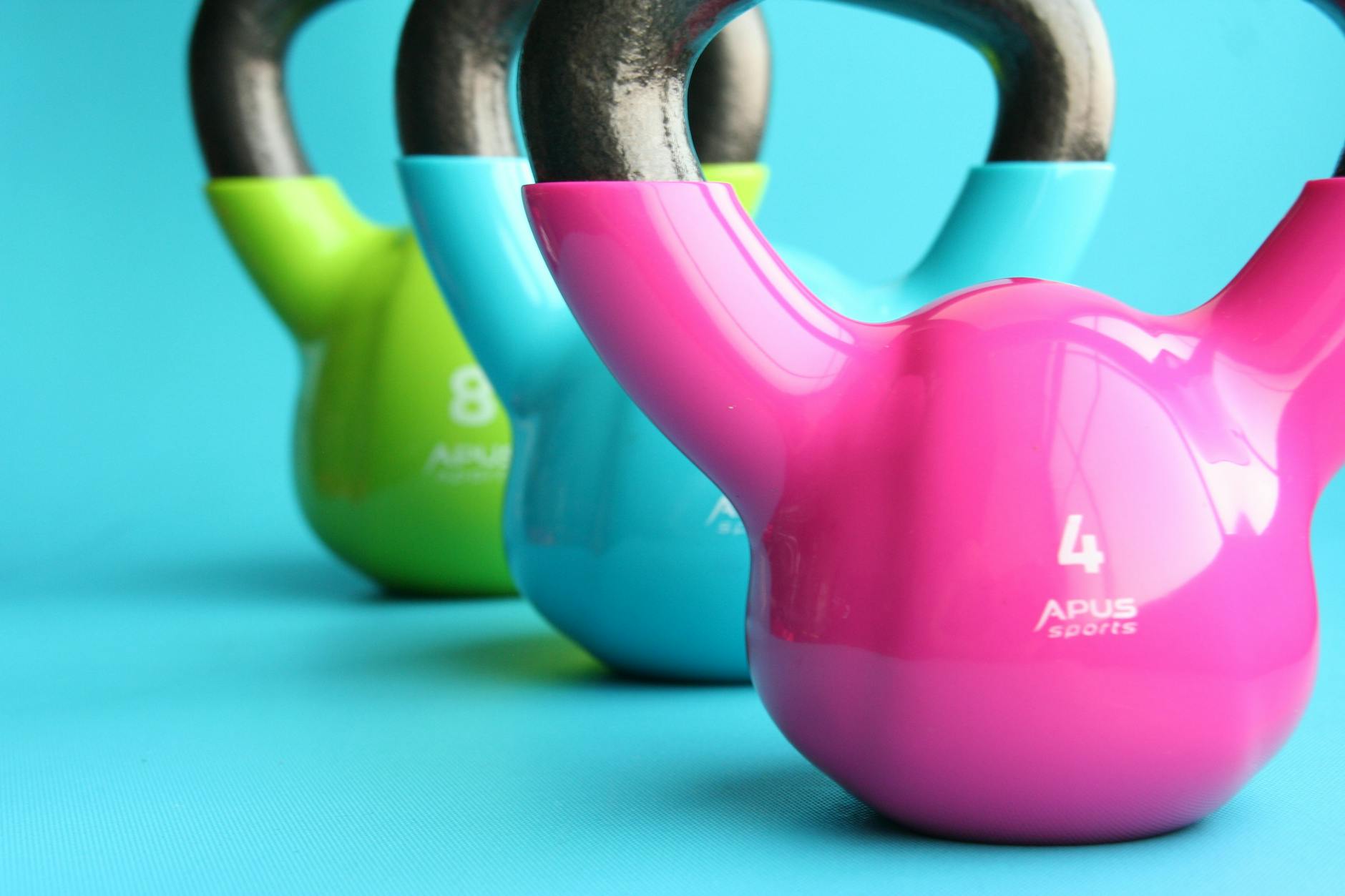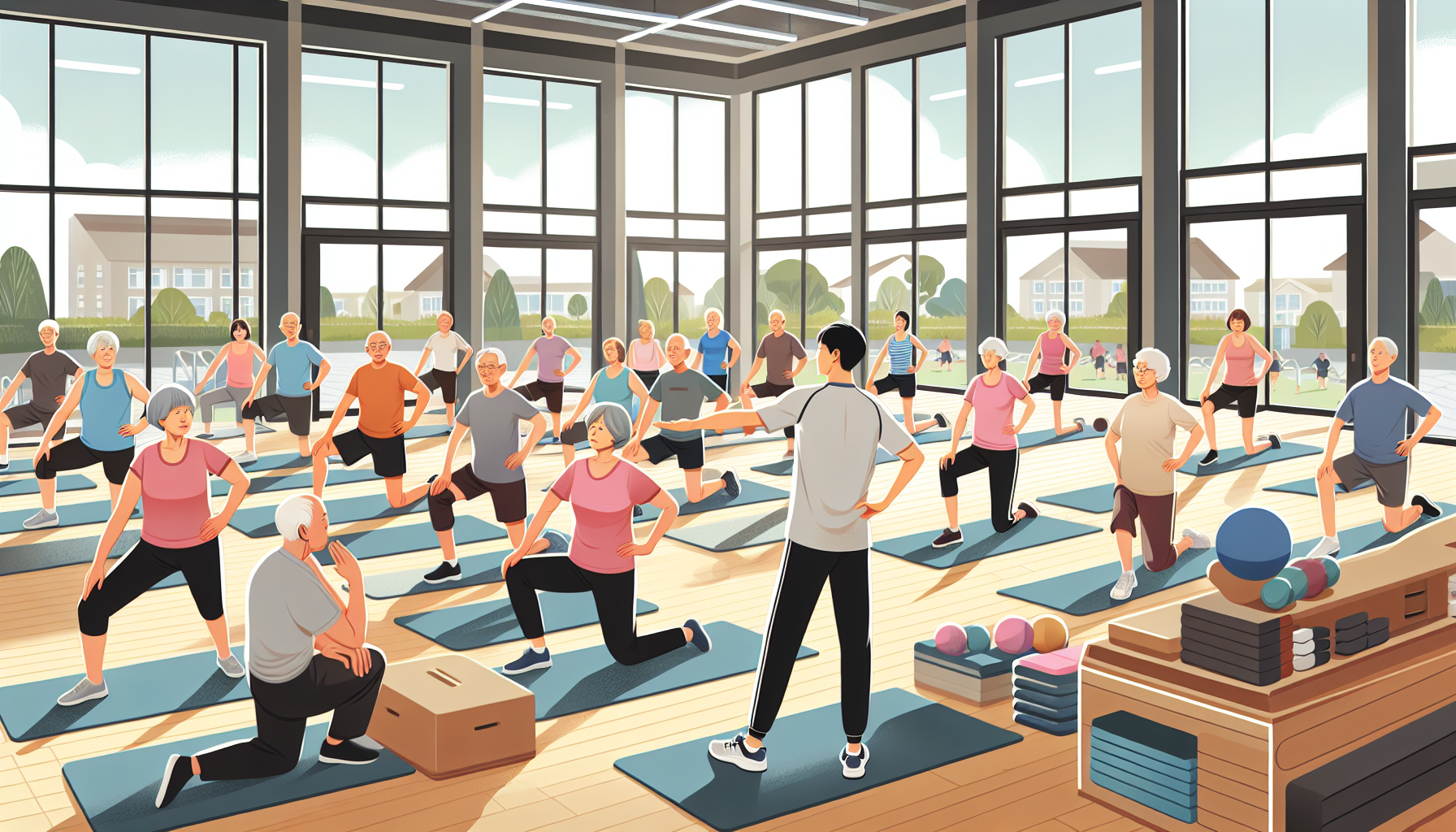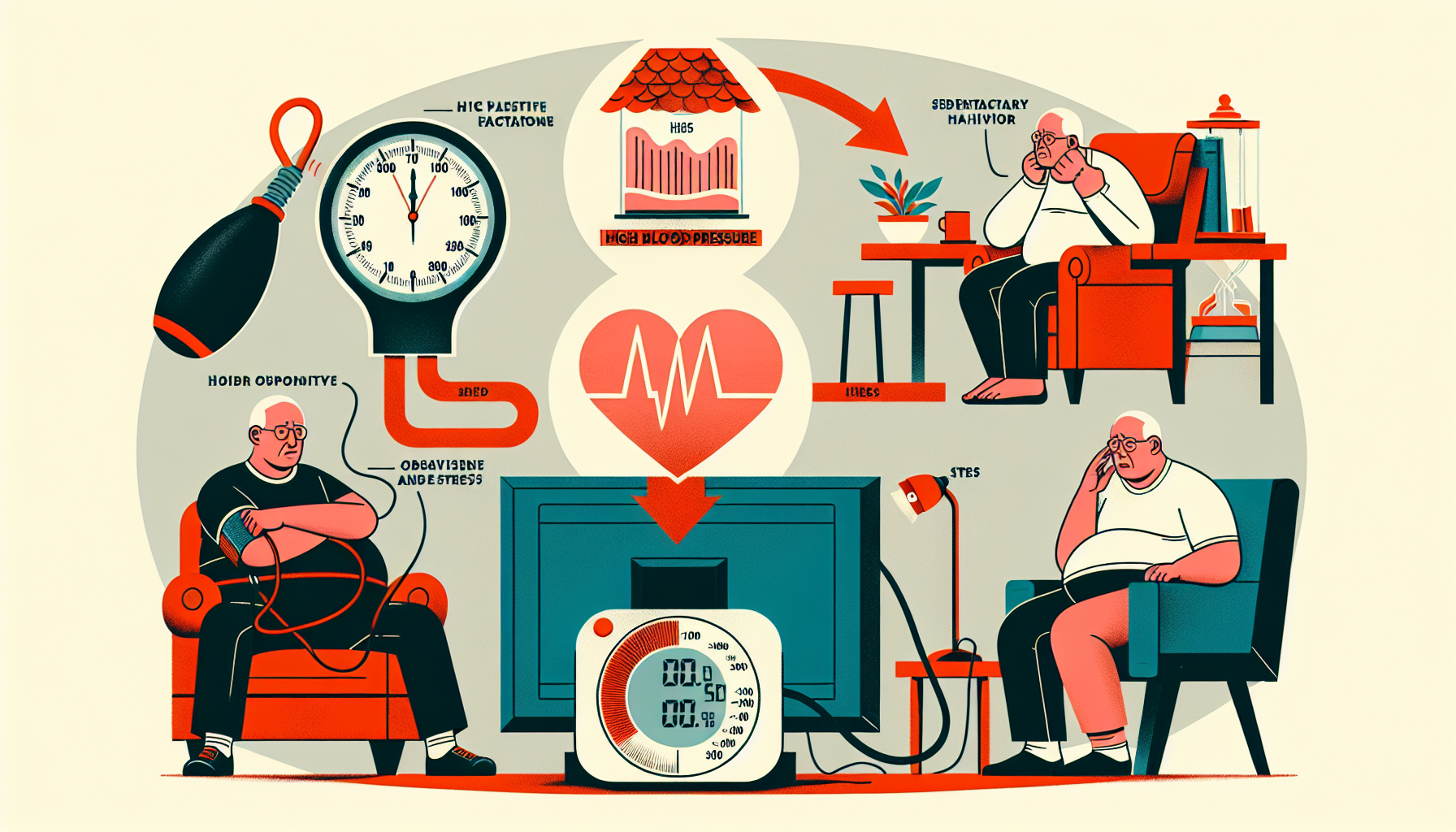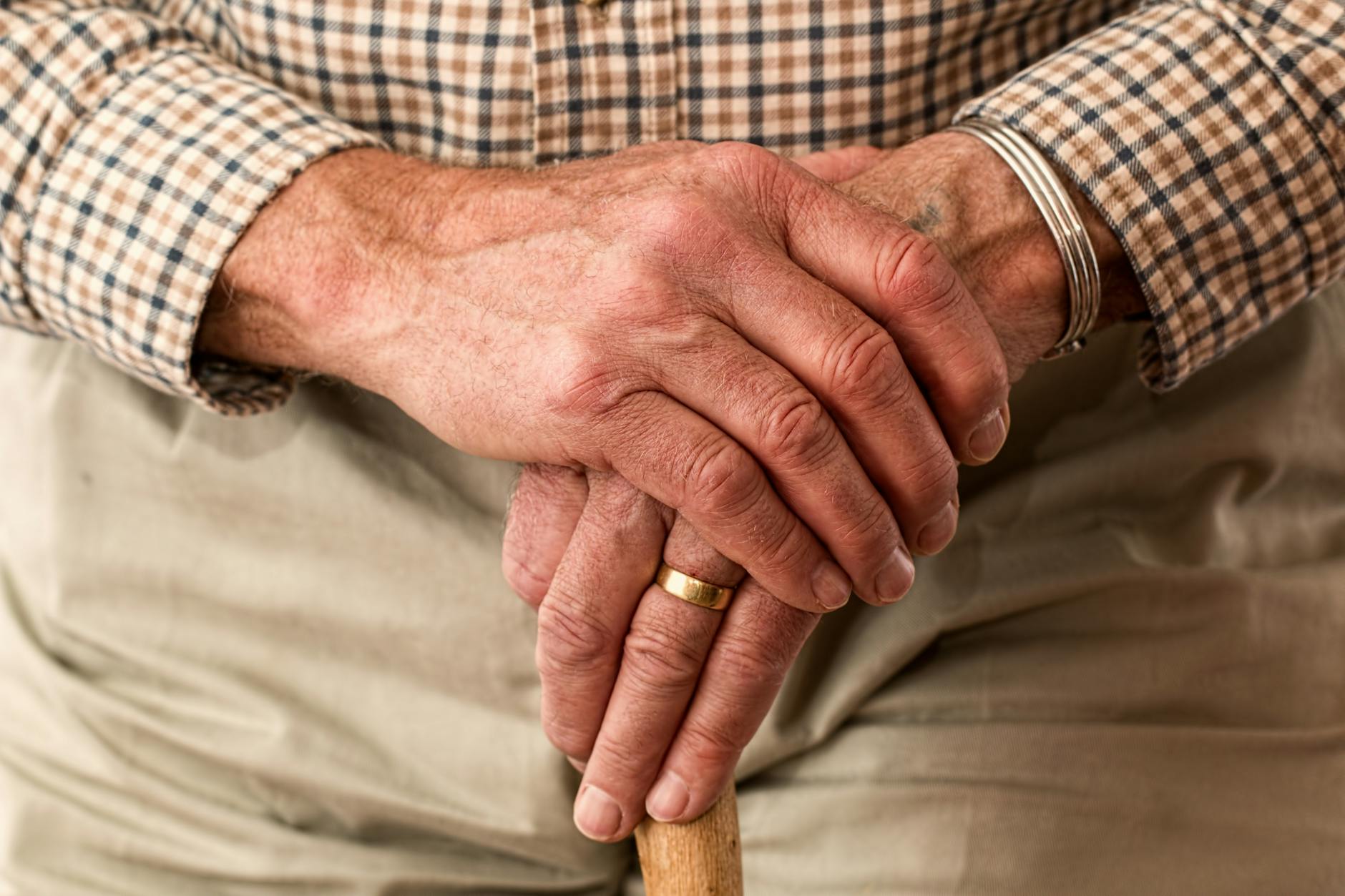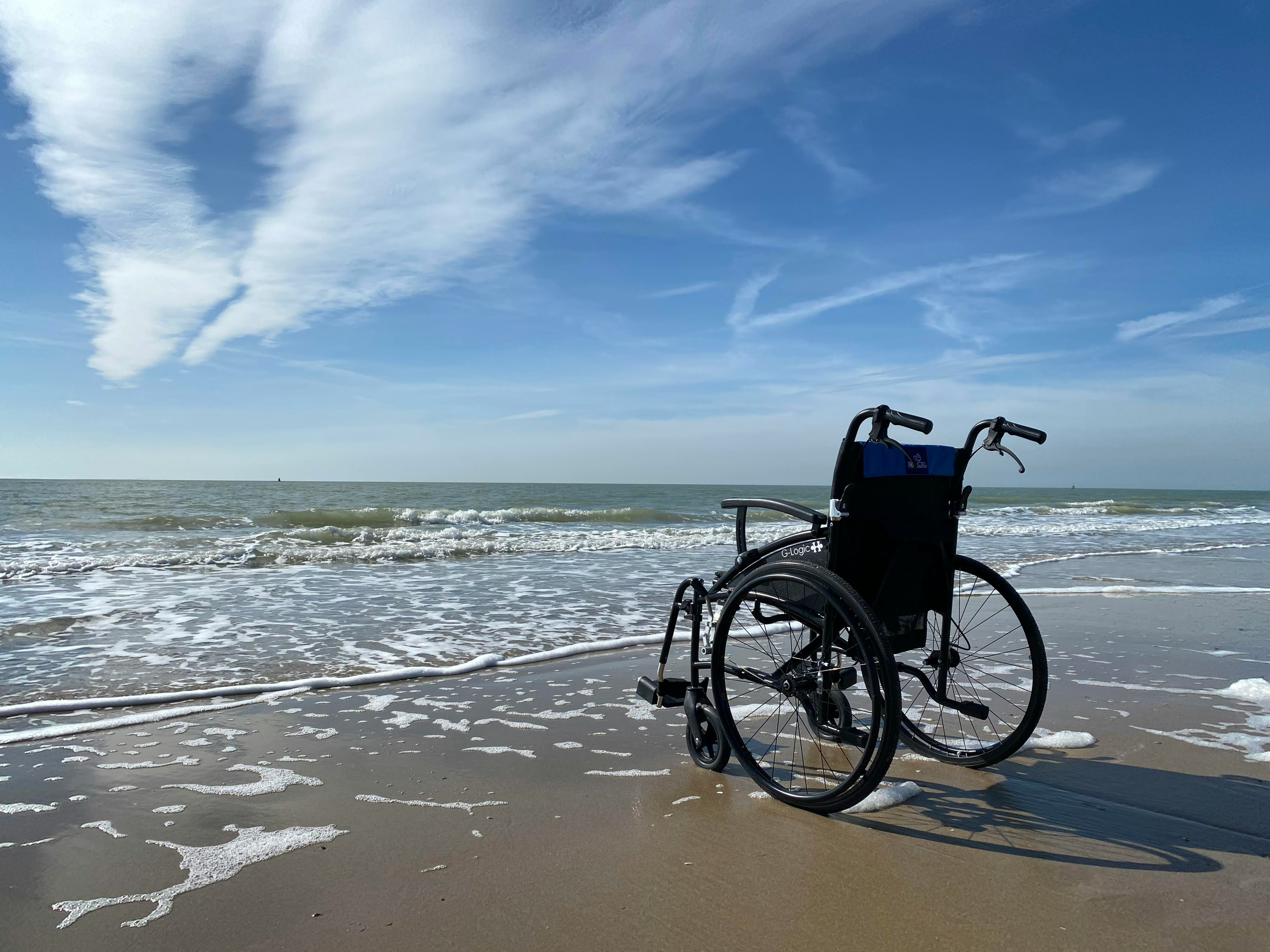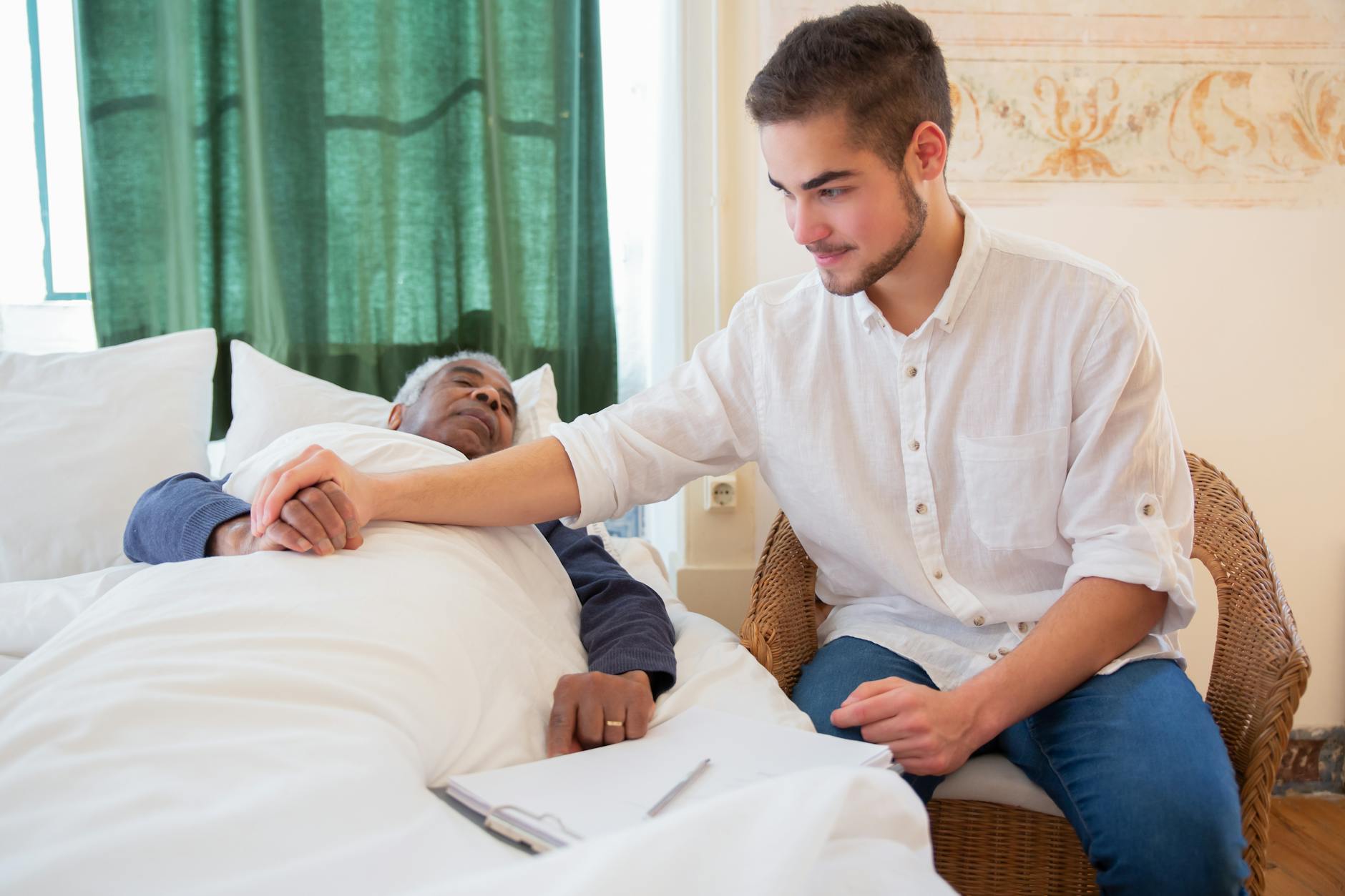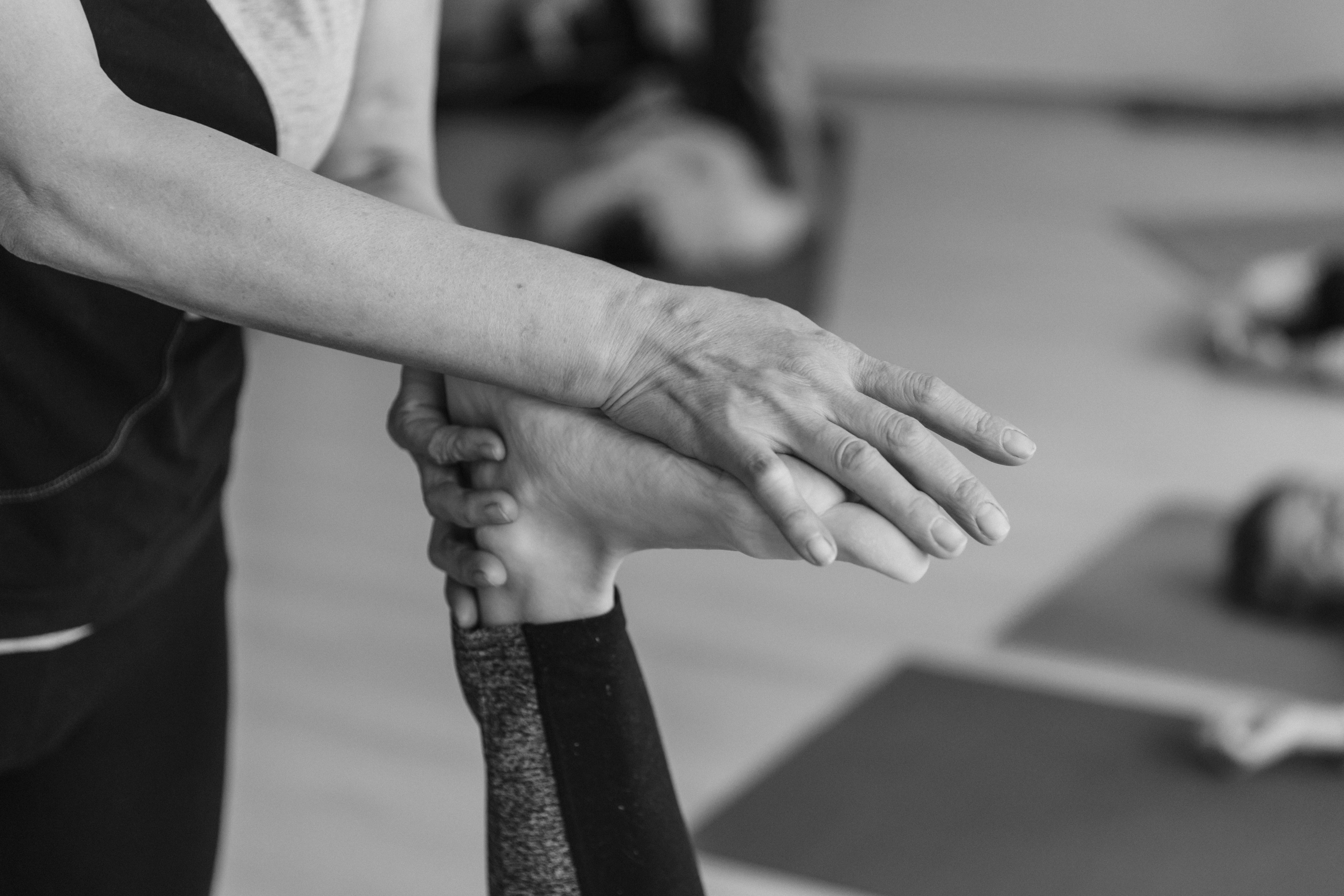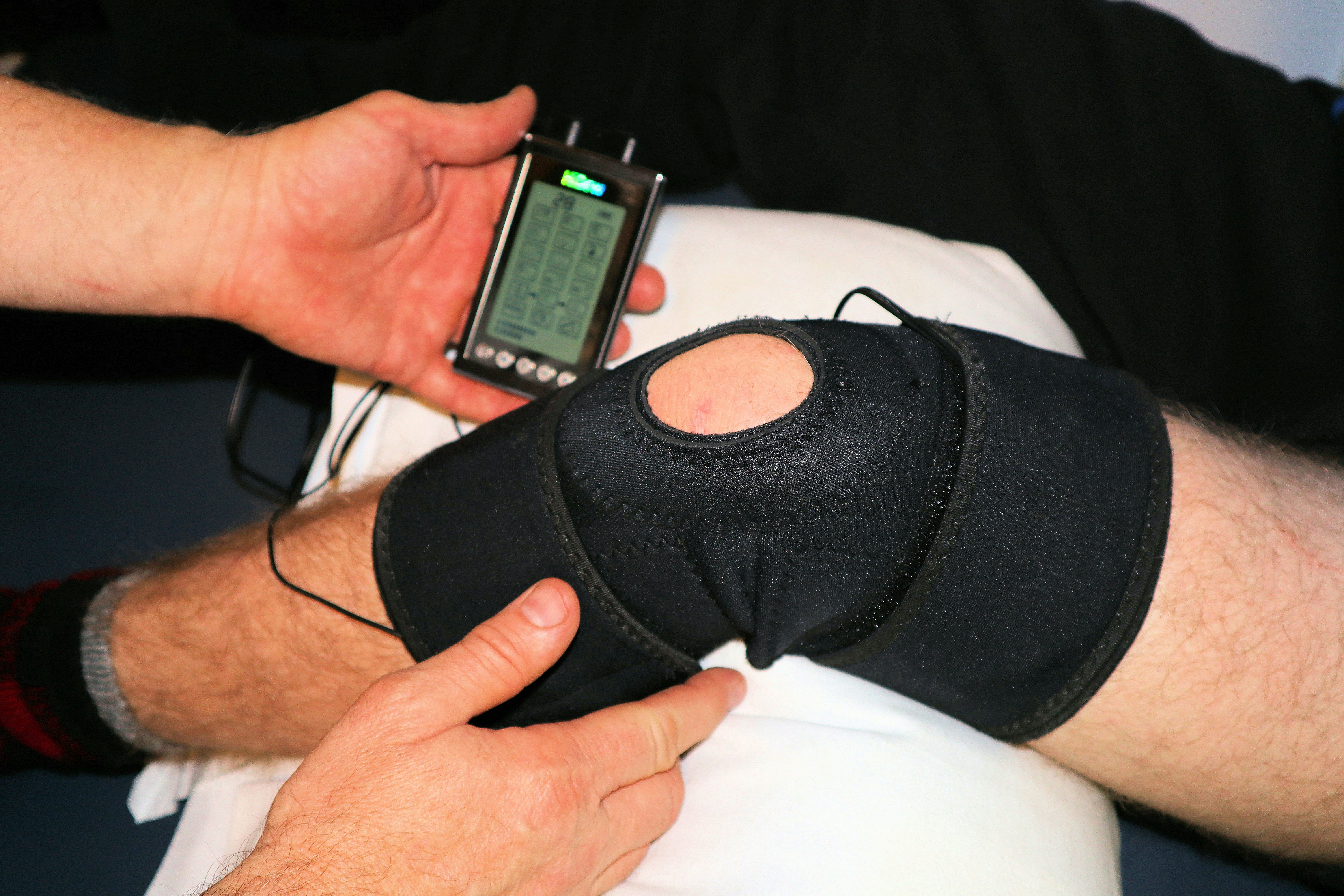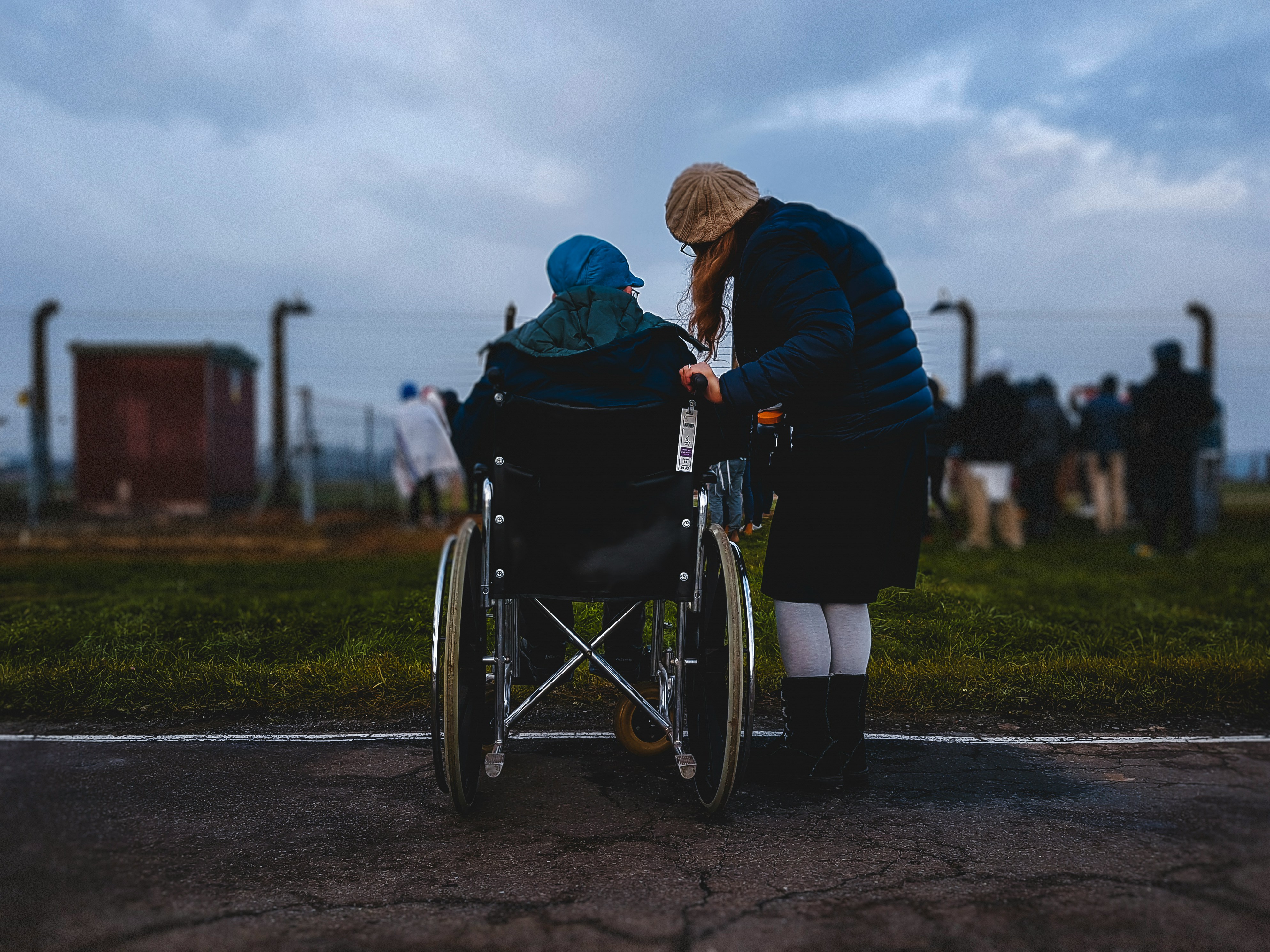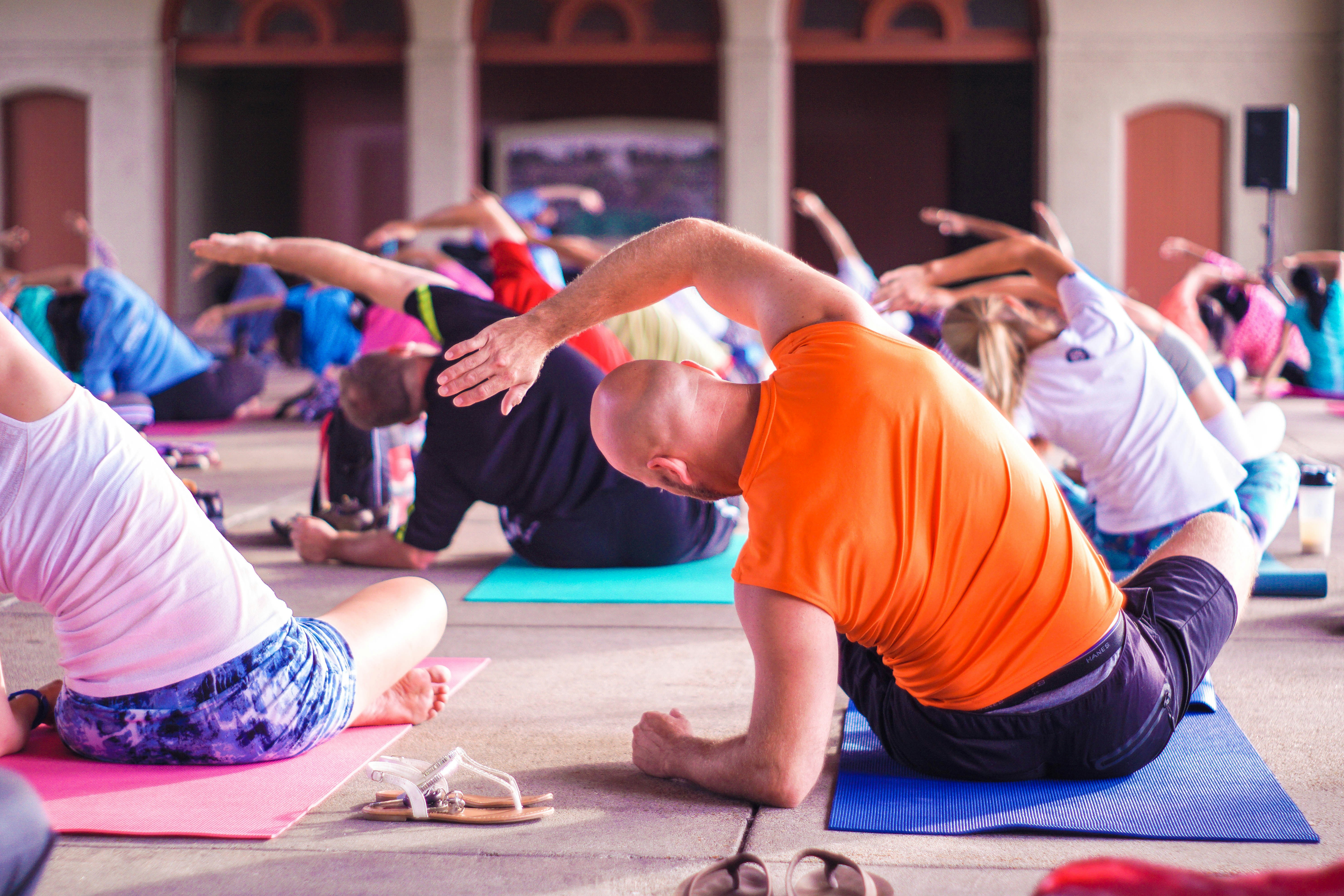Walking Exercise For Seniors
Discover the benefits, tips, and safety measures for a healthy and active lifestyle.

The Importance of Walking for Seniors
Walking is a highly beneficial form of exercise that holds immense value for seniors. Its numerous benefits encompass physical, mental, and emotional well-being. Let's explore the benefits of walking for seniors and the recommendations surrounding this exercise.
Benefits of Walking
Walking regularly offers a wide range of health benefits for seniors. It helps improve cardiac health, lower blood sugar levels, strengthen bones, joints, and muscles, and slow cognitive decline. Additionally, walking can enhance mood, reduce aches and pains, improve sleep quality, increase social interaction, and even boost the immune system [1].

Studies have shown that walking plays a central role in preventing long-term complications in managing type 2 diabetes. Just half an hour of walking has been found to significantly reduce the spike in blood sugar levels after meals.
Furthermore, walking has been associated with a reduced risk of cognitive impairment and dementia. Active individuals who engage in regular walking have a 20% lower risk of cognitive decline compared to those who are inactive. This exercise can help protect the aging brain from conditions such as Alzheimer's disease [1].
Recommendations for Seniors
To reap the full benefits of walking, it is recommended that seniors aim for at least 150 minutes of moderate-intensity walking per week. This translates to around 30 minutes of walking on most days of the week. By meeting this guideline, seniors can improve their heart health and overall well-being.
It is important for seniors to consult with their healthcare provider before starting a new exercise routine, including walking. This is especially crucial for individuals with pre-existing health conditions or limitations. A healthcare professional can provide personalized guidance based on an individual's specific needs and circumstances.
Incorporating walking into a daily routine can be made more enjoyable by walking with a companion. This not only promotes social interaction but also provides motivation and accountability. Seniors can also explore joining walking groups or exercise classes for seniors in their local community to further enhance their walking experience.
By embracing the power of walking, seniors can take control of their health and well-being. Walking not only improves physical fitness but also contributes to mental and emotional wellness. It is a simple yet effective exercise that offers a multitude of benefits for seniors, enabling them to lead active and fulfilling lives.
Incorporating Walking into Daily Routine
To fully reap the benefits of walking exercise for seniors, it's important to incorporate it into the daily routine. This section will discuss the frequency and duration of walking as well as the intensity levels to consider for an effective and safe exercise regimen.
Frequency and Duration
According to the Centers for Disease Control and Prevention (CDC), adults aged 65 and older should aim for at least 150 minutes of moderate-intensity aerobic activity, such as walking, each week to improve heart health. This can be achieved by walking for about 30 minutes on most days of the week. However, it's essential to start slowly, especially for those who haven't been exercising regularly.
To ensure a gradual and sustainable increase in physical activity, consider starting with shorter walking sessions, such as 10 minutes at a time, and gradually increase the duration over time. This approach allows the body to adapt to the exercise and reduces the risk of injury or excessive fatigue. Remember, every step counts, so even short walks throughout the day can contribute to the recommended weekly duration.
Intensity Levels
The intensity at which one walks plays a crucial role in reaping the benefits of this exercise. For seniors, moderate-intensity walking is typically recommended, as it provides numerous health benefits without placing excessive stress on the body. Moderate-intensity walking refers to a brisk pace that increases heart rate and breathing, yet still allows for a comfortable conversation.
However, for those looking to enhance their fitness and burn more calories, interval training can be considered. Interval training involves alternating periods of brisk walking with leisurely walking. This approach not only improves cardiovascular fitness but also allows for the burning of more calories compared to regular walking. Additionally, interval training can be completed in less time than traditional continuous walking [2].
It's important to listen to your body and find an intensity level that is comfortable yet challenging. If you experience any pain or discomfort during or after walking, it is advisable to consult with a healthcare professional to ensure that you are engaging in the appropriate level of physical activity for your individual needs.
Incorporating walking into the daily routine of seniors is a powerful way to improve overall health and well-being. By gradually increasing the frequency and duration of walking sessions while considering the intensity level that suits their fitness level, seniors can experience the numerous benefits of this simple yet effective form of exercise.
Walking Techniques and Tips
To make the most out of walking as an exercise for seniors, it's important to pay attention to proper walking techniques and ensure the right footwear is worn.
Proper Walking Posture
Maintaining proper posture while walking is essential for maximizing the benefits and minimizing the risk of strain or injury. Here are some key tips for maintaining good walking posture:
- Keep your head up and look forward: Avoid looking down at your feet as this can strain your neck and back. Instead, keep your gaze forward, about 20 feet ahead.
- Engage your core: Keep your abdominal muscles gently engaged to support your lower back and maintain stability.
- Relax your shoulders: Let your shoulders naturally fall back and down, avoiding tension or hunching.
- Swing your arms: Allow your arms to swing naturally at your sides, bent at a 90-degree angle. This not only helps with balance but also adds an extra element of arm exercise to your walk.
- Take natural steps: Walk with a smooth stride, landing on your heel and rolling through to your toes. Avoid overstriding or taking steps that are too long.
By practicing proper walking posture, you can improve your body alignment, increase the efficiency of your walk, and reduce the risk of strain or discomfort.
Footwear Recommendations
Choosing the right footwear is crucial for a comfortable and safe walking experience. Consider the following recommendations:
- Opt for comfortable sneakers: Look for walking shoes or sneakers that provide proper support and cushioning. They should fit well and have a roomy toe box to allow for natural foot movement.
- Seek professional advice: If you have specific foot problems or conditions, it's advisable to consult with a doctor or podiatrist for footwear recommendations tailored to your needs.
- Consider assistive devices: For individuals who require additional support or balance assistance, canes or walkers can be used during walks to reduce joint strain and improve stability.
Remember, the right footwear not only enhances your walking experience but also helps prevent discomfort or foot-related issues that may arise from improper footwear choices. Prioritize comfort, support, and proper fit when selecting walking shoes.
By practicing proper walking posture and wearing appropriate footwear, you can ensure a safe and enjoyable walking routine.
Enhancing Walking Experience
Walking can be made even more enjoyable and rewarding by incorporating companionship and support. Seniors can enhance their walking experience by considering two key factors: walking with companions and finding walking groups.
Walking with Companions
Walking with a friend or loved one while exercising has numerous benefits, including social interaction and motivation. It can be a great way to stay motivated and enjoy the activity together. Having a companion by your side not only provides company but also helps to ensure safety during your walks. Engaging in conversations while walking can make the exercise session more enjoyable and help the time pass quickly.
When choosing a walking companion, consider someone who shares similar fitness goals and walking pace. This will ensure that both individuals can comfortably maintain a consistent speed and intensity. Additionally, walking with a companion can provide a sense of security, especially for seniors who may have concerns about walking alone.
Finding Walking Groups
To further enhance the walking experience, seniors can consider joining walking groups in their local community. Walking groups offer additional support and motivation, creating a sense of camaraderie among participants. Being part of a group can make walking more enjoyable and provide an opportunity to meet new people who share similar interests.
To find a walking group near you, you can visit Heart Foundation Walking. They provide resources and support for individuals looking to join walking groups and offer a sense of community and encouragement. Walking in a group setting can provide a supportive environment where participants can share their experiences, challenges, and successes with others.
By walking with companions or joining walking groups, seniors can enhance their overall walking experience. The added social interaction, motivation, and support can make walking a more enjoyable and sustainable exercise routine. Remember, it's important to consider your own comfort level and preferences when choosing a walking companion or joining a walking group. Enjoy the journey and reap the benefits of walking together!
Consultation and Safety Measures
When incorporating walking as an exercise routine for seniors, it is important to prioritize safety and consult with healthcare professionals. This ensures that the exercise regimen is suitable for their specific needs and health conditions. Two key aspects to consider in this regard are consulting with a doctor and using assistive devices.
Consulting with a Doctor
Before embarking on a walking exercise regimen, it is crucial for older individuals to consult with their doctor or general practitioner (GP). This step is especially important if they haven't engaged in regular exercise for a while or if they are considering a more strenuous walking routine. Consulting with a doctor allows for personalized advice and recommendations based on an individual's specific health conditions and capabilities.
During the consultation, the doctor can assess the individual's overall health and provide guidance on the appropriate level of exercise. They can also identify any potential risks or limitations that need to be taken into consideration. This is particularly important if the individual has existing health conditions such as cardiovascular issues, joint problems, or respiratory concerns. By working closely with their doctor, seniors can ensure that their walking routine is safe and tailored to their unique circumstances.
Using Assistive Devices
When it comes to walking exercises, using appropriate footwear is essential. Seniors should opt for comfortable sneakers that fit well and provide proper support. It is recommended to seek advice from a doctor or podiatrist, especially for individuals with foot problems, to ensure they select the right footwear for their specific needs.
In some cases, seniors may benefit from using assistive devices to enhance their safety and stability during walks. Canes or walkers can be particularly useful for individuals who require additional support or struggle with balance. These devices can help reduce joint strain and improve stability, providing added confidence and reducing the risk of falls.
By consulting with a doctor and using assistive devices when necessary, seniors can participate in walking exercises safely and enjoy the numerous health benefits associated with regular physical activity. Remember, the goal is to create an exercise routine that is both effective and tailored to the individual's abilities and limitations.
Achieving Long-Term Benefits
To maximize the long-term benefits of walking exercise for seniors, it's important to track progress and maintain motivation. These strategies can help seniors stay on track and continue reaping the rewards of their walking routine.
Tracking Progress
Keeping a record of steps taken, distance walked, and time spent walking can be a powerful tool for tracking progress and staying motivated. By monitoring these metrics, seniors can see their improvement over time and set new goals to challenge themselves [2].
Tracking progress can be as simple as using a pedometer or a smartphone app to count steps. Additionally, wearable fitness trackers can provide more detailed information about overall activity levels, heart rate, and calories burned. Seniors can use these devices to set daily or weekly goals and strive to meet or exceed them.
Maintaining Motivation
Maintaining motivation is key to sustaining a walking exercise routine. Here are some tips to help seniors stay motivated:
- Set realistic goals: Encourage seniors to set achievable goals that align with their fitness level and overall health. This could include gradually increasing the duration or intensity of their walks.
- Find a walking buddy: Walking with a companion can make the activity more enjoyable and provide social support. This could be a friend, family member, or even a pet. Seniors can also join walking groups in their community to meet like-minded individuals and make new friends.
- Switch up the scenery: To prevent boredom, seniors can explore different routes and environments for their walks. This could include parks, nature trails, or urban areas. Varying the scenery can make the walking experience more enjoyable and stimulating.
- Reward yourself: Celebrate milestones and achievements along the way. Seniors can treat themselves to small rewards, such as a favorite healthy snack or a relaxing activity, after reaching their goals.
- Stay informed: Educate yourself about the numerous health benefits of walking exercise for seniors. Knowing that regular walking can reduce the risk of illnesses and improve overall well-being can serve as a powerful motivator.
By tracking progress and maintaining motivation, seniors can continue to experience the long-term benefits of walking exercise. It's important to remember that consistency is key, and even small amounts of walking can have a positive impact on health and longevity. So lace up those sneakers, grab a walking buddy, and enjoy the many advantages that walking can bring to seniors' lives.
References
[1]: https://seniorservicesofamerica.com/blog/health-benefits-of-walking-for-seniors/
[2]: https://www.mayoclinic.org/healthy-lifestyle/fitness/in-depth/walking/art-20046261

